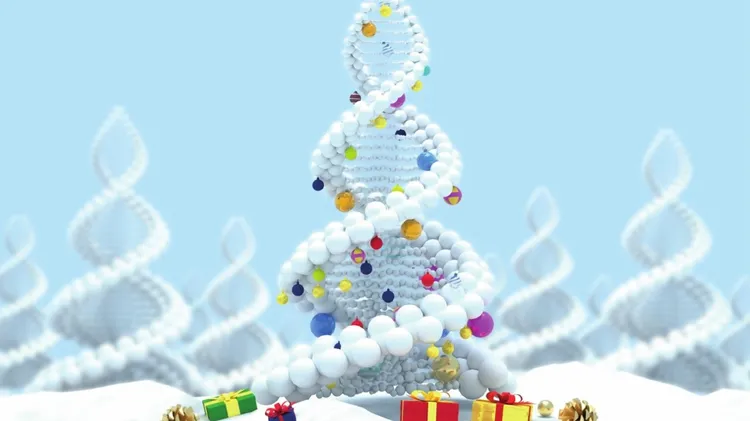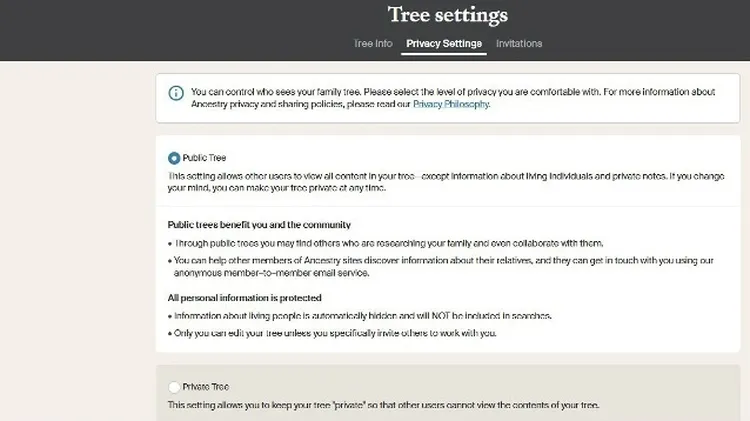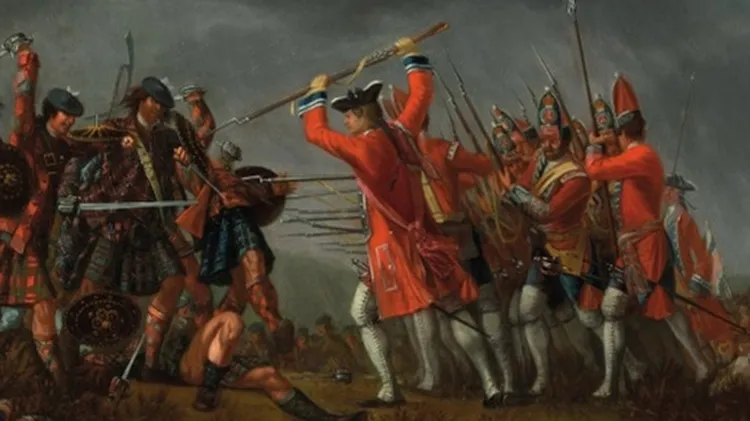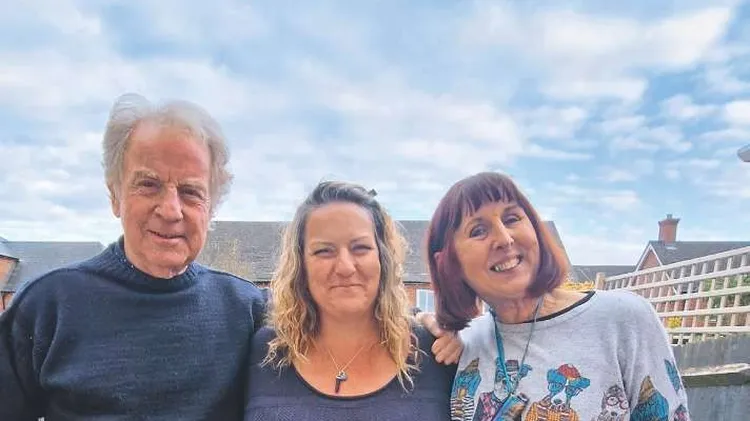DNA Advisor Karen Evans loves helping fellow family historians piece tog
Crunching the numbers
9 min read
This article is from...
Read this article and 8000+ more magazines and newspapers on Readly






